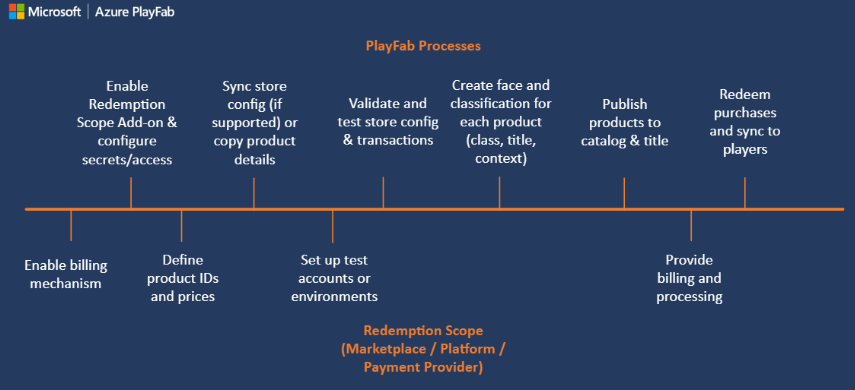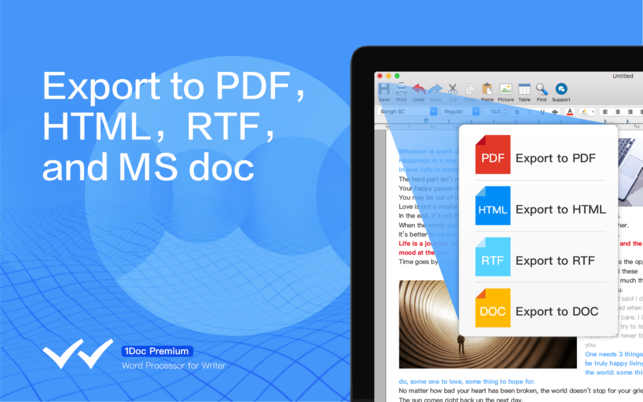

(If you don’t have a column there, click the “i” button at the top of the screen.) Now, look to the right-most column, the Info Panel. I like to add all my events and then worry about Character Roles. That’s the only information we need at this stage. Save that screen and your blank timeline will be ready for new events.Ĭreate a new event, in our case it’s “Mom gives Red a basket for Grandma”. So I’ll select an exclamation point, because it’s different from the open and filled circles. The goal is to be able to glance at an icon and know what it means. Aeon has actually simplified the available icons since I prepped this post, which is a bummer, but the icons that remain are still useful. To the right of the new role title is a dropdown that lets you select an icon for that role. I’m a fan of icons.
#AEON TIMELINE V2 PLUS#
To add a Role, click on the green plus button under Roles. I like to add a role called Mentioned, so I can see events when a character factors into a scene but isn’t present. You can also change these roles or add more. For each event in your timeline you can mark a Character as being an Observer or a Participant, by default. In the screenshot above you can see that Characters have Roles. You can also create new Entity Types to track things like objects or plot points. Our story, Little Red Riding Hood, has several characters, so that’s what we’ll be working with. We’re going to click on ENTITY TYPES in the left-hand column.

Selecting Fiction opens a panel where you can change those settings. Let’s start by opening Aeon Timeline 2 and selecting the Fiction project type.įiction allows you to do nifty things like set up a custom calendar with your own months and days of the week.
#AEON TIMELINE V2 HOW TO#
Today I’m going to run through how to set this up, using Little Red Riding Hood as an example story. Aeon Timeline 2 has this feature built in! I’ve found that a good way to do this is with matrices/tables/spreadsheets. They don’t all need equal time, but they do need to be present often enough that the reader won’t forget about them. I’d also like to track things like how often a plot point is brought up. I have a bunch of characters in my WIP, and I want to make sure that no one gets ignored for, say, half the book. But I think I’m in love with this one: Aeon Timeline 2.įirst, let me explain what I’m tracking and why. I’ve used giant pieces of paper, spreadsheets, and meta-data. I’ve used all kinds of tools to track things across the length of a manuscript.


 0 kommentar(er)
0 kommentar(er)
